Dental sensitivity (or hypersensitivity) is one of the most frequent oral cavity disorders and affects almost 50% to a varying degree.
The phenomenon is expressed by acute painful or highly annoying shocks when your teeth come into contact with cold, hot, acidic or sugary substances. Sometimes fresh air inhaled with clenched teeth is enough to trigger this pain.
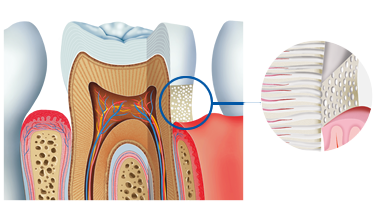
As dental enamel wears away and dentin thins, the layer called pulp remains poorly protected and is sensitive to changes in temperature. Dentin loss exposes the tubules, the micro-vessels which radiate outwards from inside the pulp. The more dentin is lost, the greater the hypersensitivity.
The same thing happens with a gingival recession that leaves the collars uncovered and results in exposure of the tubules.
Several causes can lead to dental hypersensitivity:
Abrasions are losses of tooth substance caused by insults of mechanical origin. They are most evident at the collar of the teeth, where the thickness of the enamel is minimal, and at the occlusal area, subject to the friction of chewing.
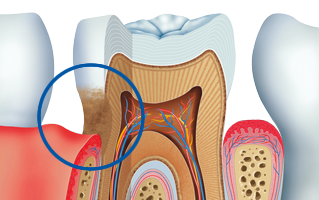
Abrasions represent a weakening of the tooth structure and a significant problem from an aesthetic point of view.
The main factors in abrasion phenomena are:
Erosions represent a dissolution of the dental tissue due to the action of intrinsic or extrinsic acids not produced from within the oral cavity.
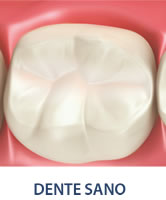
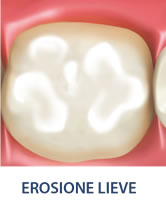
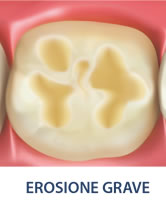
They therefore, differ from dental caries in that they do not involve the action of cariogenic bacteria.
Erosions can affect all tooth surfaces, but often their location identifies the source and acids involved.
Regardless of the origin of the acids, surfaces subject to erosion may appear smooth, shiny, and free of apparent irregularities.
If erosion has led to excessive thinning of tooth structures, these can easily break even without particularly intense chewing.
Abfraction is a lesion that may appear very similar to abrasion at first glance. This particular type of non-carious lesion seems to be related to the presence of traumatic chewing.

Particularly intense chewing action, as in bruxism or by people who have powerful chewing muscles, leads to continuous compression of teeth with the consequent formation of cracks and micro-fractures at the collar level.
If not repaired, these become areas of weakness, more prone to abrasion and/or chipping.
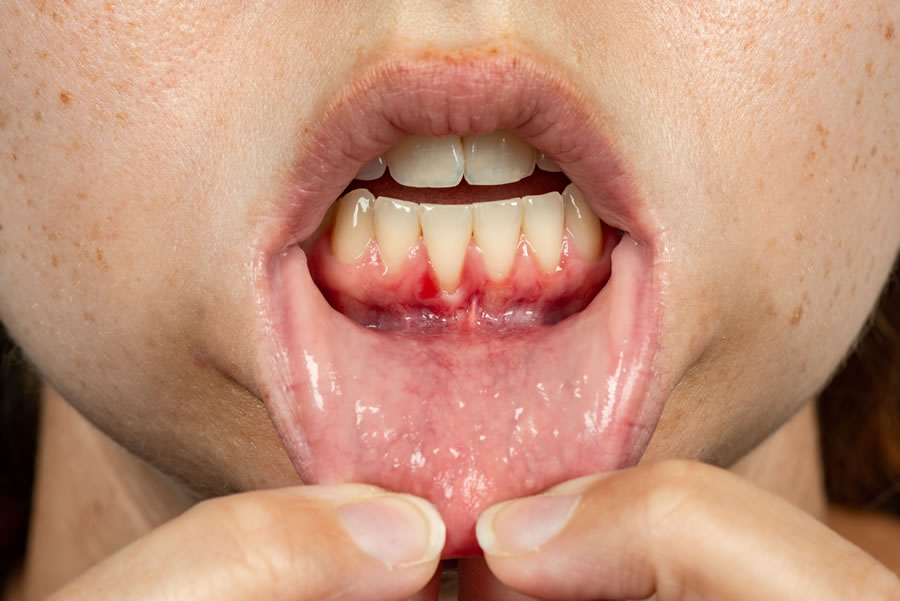
Gum recession is when teeth become exposed because the gum has withdrawn. The leading cause is poor oral hygiene. The risk increases when brushing teeth inappropriately, too vigorously, or using hard-bristled toothbrushes.
Some dental treatments can also cause sensitivity: teeth whitening, fillings, root polishing, and simple tartar removal.